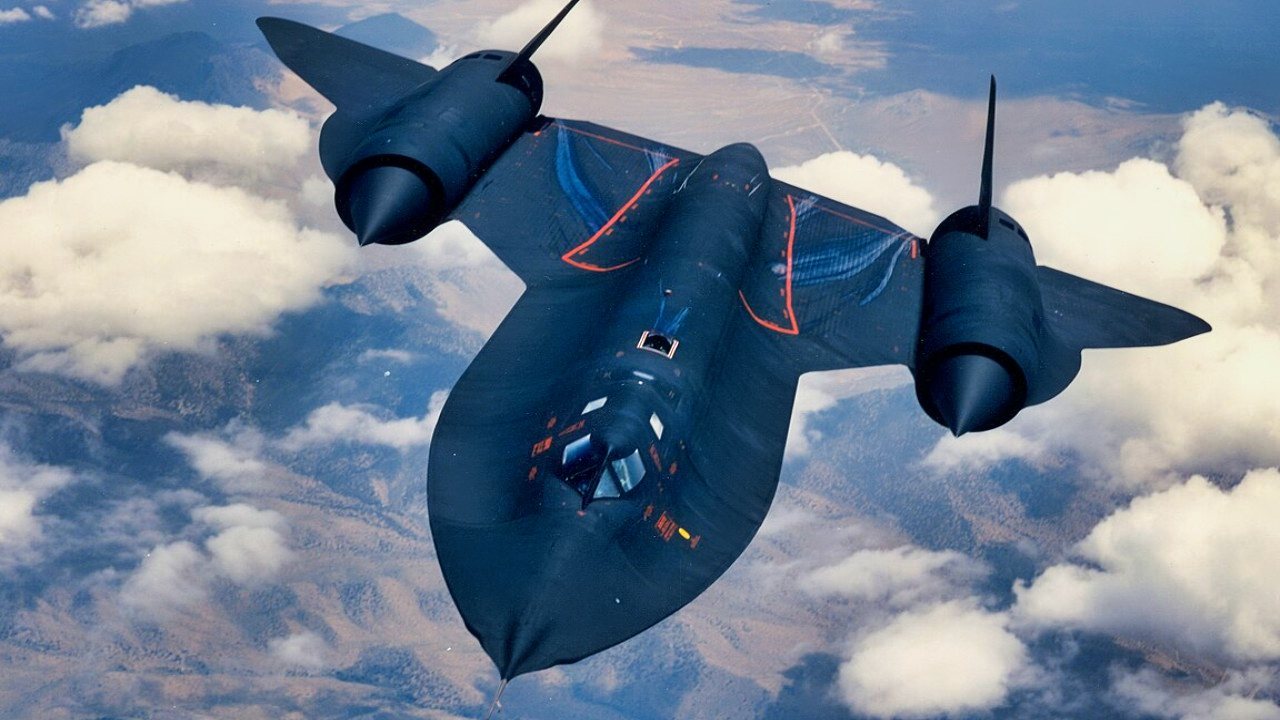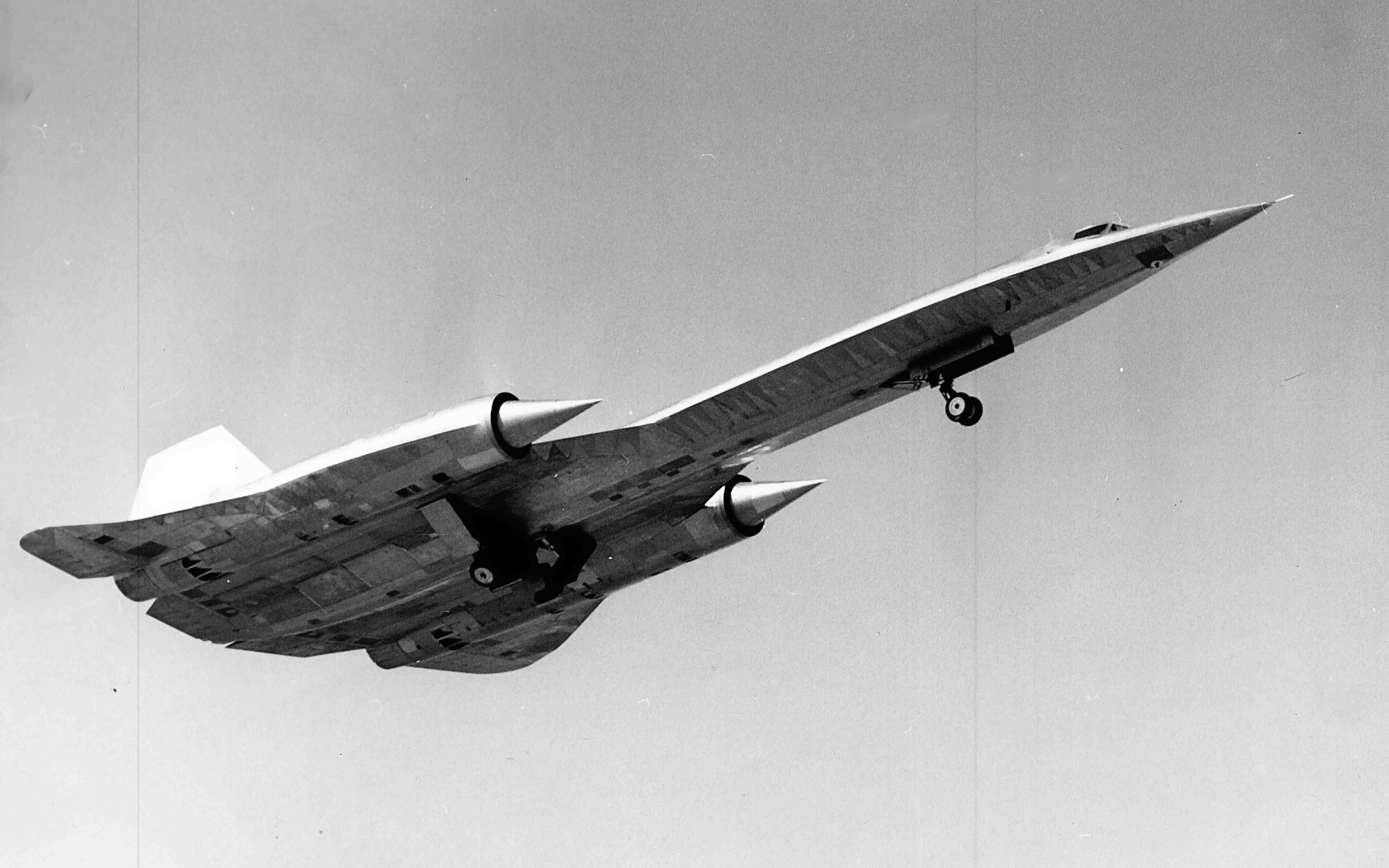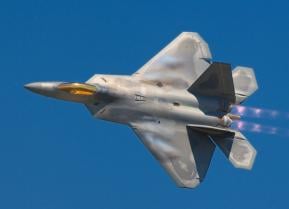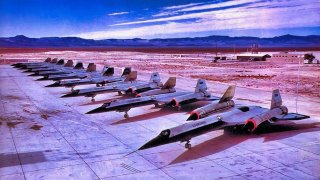A-12 Oxcart: The CIA Had a Mach 3 Plane That Used 'Plasma Stealth'
Before the famous SR-71, the A-12 Oxcart was Lockheed's high-altitude reconnaissance aircraft developed for the CIA in the late 1950s. With a top speed over 2,260 mph, it was faster than any aircraft or missile. The A-12 utilized advanced stealth features like radar-absorbing materials and a cesium-laced fuel additive for "plasma stealth," which reduced its radar cross-section.
Summary and Key Points: Before the famous SR-71, the A-12 Oxcart was Lockheed's high-altitude reconnaissance aircraft developed for the CIA in the late 1950s.

-With a top speed over 2,260 mph, it was faster than any aircraft or missile. The A-12 utilized advanced stealth features like radar-absorbing materials and a cesium-laced fuel additive for "plasma stealth," which reduced its radar cross-section.
-Entering service in 1967, the A-12 flew numerous reconnaissance missions during the Vietnam War under Operation Black Shield. Despite its capabilities, the A-12 was eventually succeeded by the SR-71 Blackbird.
Plasma Stealth and High Speeds: The A-12 Oxcart Story
The Lockheed SR-71 has been widely hyped for its abilities.
Developed in secret in the late 1950s, the SR-71 could cruise to more than 80,000 feet above the earth, near the edge of space, and able to reach a top speed of 2,193 mph it could out fly any missile that was launched at it.
It still holds the record for a cross-country flight, traveling from Los Angeles to Washington, D.C. in just 64 minutes, 20 seconds.
Meet the A-12 Oxcart
Yet, before the SR-71, there was the A-12, a high-altitude reconnaissance aircraft that was built for the United States Central Intelligence Agency (CIA). Developed at Lockheed's top-secret Skunk Works under Project Oxcart,, it was based on designs of aviation pioneer Clarence "Kelly" Johnson. The Lockheed design was selected over Convair's FISH and Kingfish designs, and it served as the precursor to the United States Air Force YF-12 prototype interceptor and SR-71 Blackbird.
Following numerous prototypes, several lost models, and crew deaths during testing, the A-12 finally entered service in 1967. Eighteen of the aircraft were built, of which only 13 were mass-produced A-12s, while the others were pre-production units or drone carrier variants. As part of Operation Black Shield, the A-12 flew dozens of reconnaissance sorties in the latter stages of the Vietnam War. It was well suited to the missions, as it was capable of performing sensitive intelligence-gathering flights while traveling at speeds over 2,260 miles per hour, or three times the speed of sound (Mach 3).

While faster than any aircraft that hope to catch it, the A-12 wasn't actually invisible. Yet, efforts were created to make it a whole lot harder to see on radar. It utilized a number of then-state-of-the-art features to reduce the radar cross-section, including its shape and radar-evading structures and the use of composites in its construction. It also incorporated radar-absorbing materials on the outer skin.
Then there was the fuel.
As TheDrive had reported in 2019, "a key component of the Skunk Works plan to make the A-12 harder to spot on radar involved a cesium-laced fuel additive to dramatically reduce the radar signature of the plane's massive engine exhausts and afterburner plumes by creating an ionizing cloud behind the aircraft to help conceal its entire rear aspect from radar waves."
The cesium additive enabled what has been described as "plasma stealth," which essentially involves creating a cloud of plasma, or ionized gas, around some or all of an object. In this case, it helped conceal the aircraft while it traveled at Mach 3.
Lockheed had reportedly tested mixtures that included sodium and potassium, but in the end cesium – a soft, silvery-golden alkali metal that is one of only five elemental metals that are liquid at room temperature – had the best results. Cesium, which was first discovered in 1860 by the then-newly developed method of flame spectroscopy, was initially used as a "getter" in vacuum tubes and photoelectric cells. The final additive mix, dubbed A-50, was 30 percent cesium metal and 60 percent dialkyl phosphate.

The issue of the toxicity of the fuel had been called into question, but all jet fuels are considered to be fairly toxic. Moreover, as the Drive noted, it remains unclear how much the A-50 additive was actually used, but given the success rate of the aircraft, it is likely the A-12 was fueled up with it at some point.
About the Author
Peter Suciu is a Michigan-based writer who has contributed to more than four dozen magazines, newspapers and websites. He regularly writes about military hardware, firearms history, cybersecurity and international affairs. Peter is also a Contributing Writer for Forbes. You can follow him on Twitter: @PeterSuciu.
All images are Creative Commons or Shutterstock.


